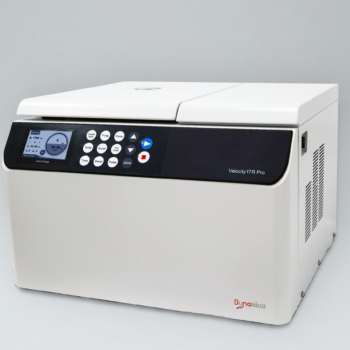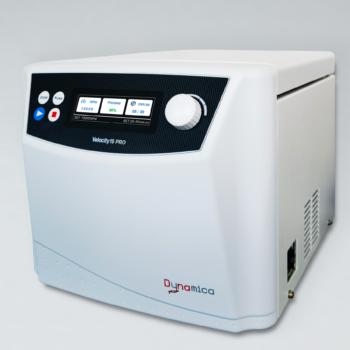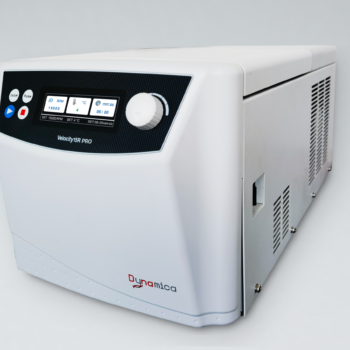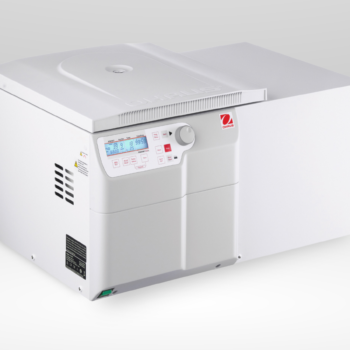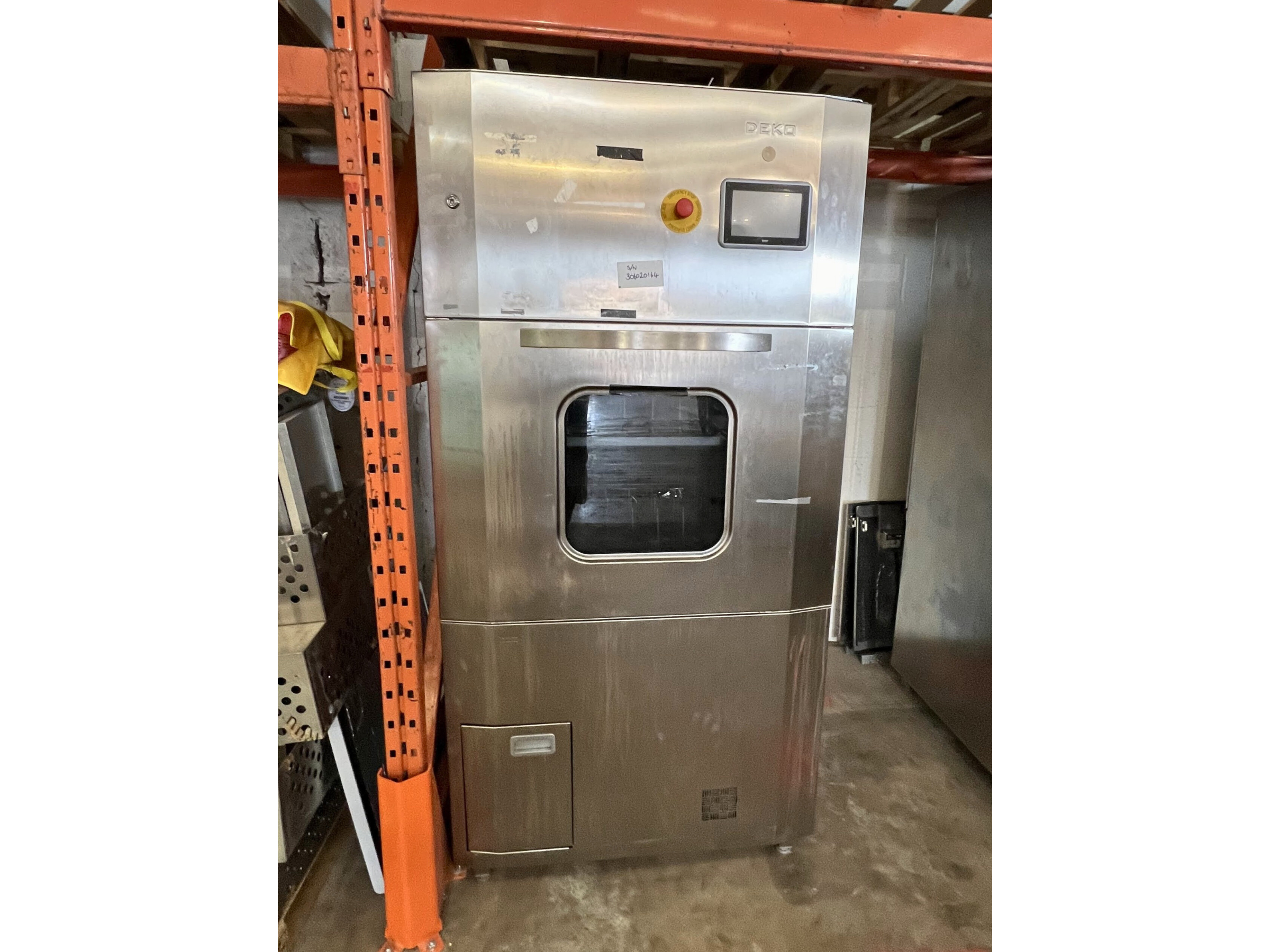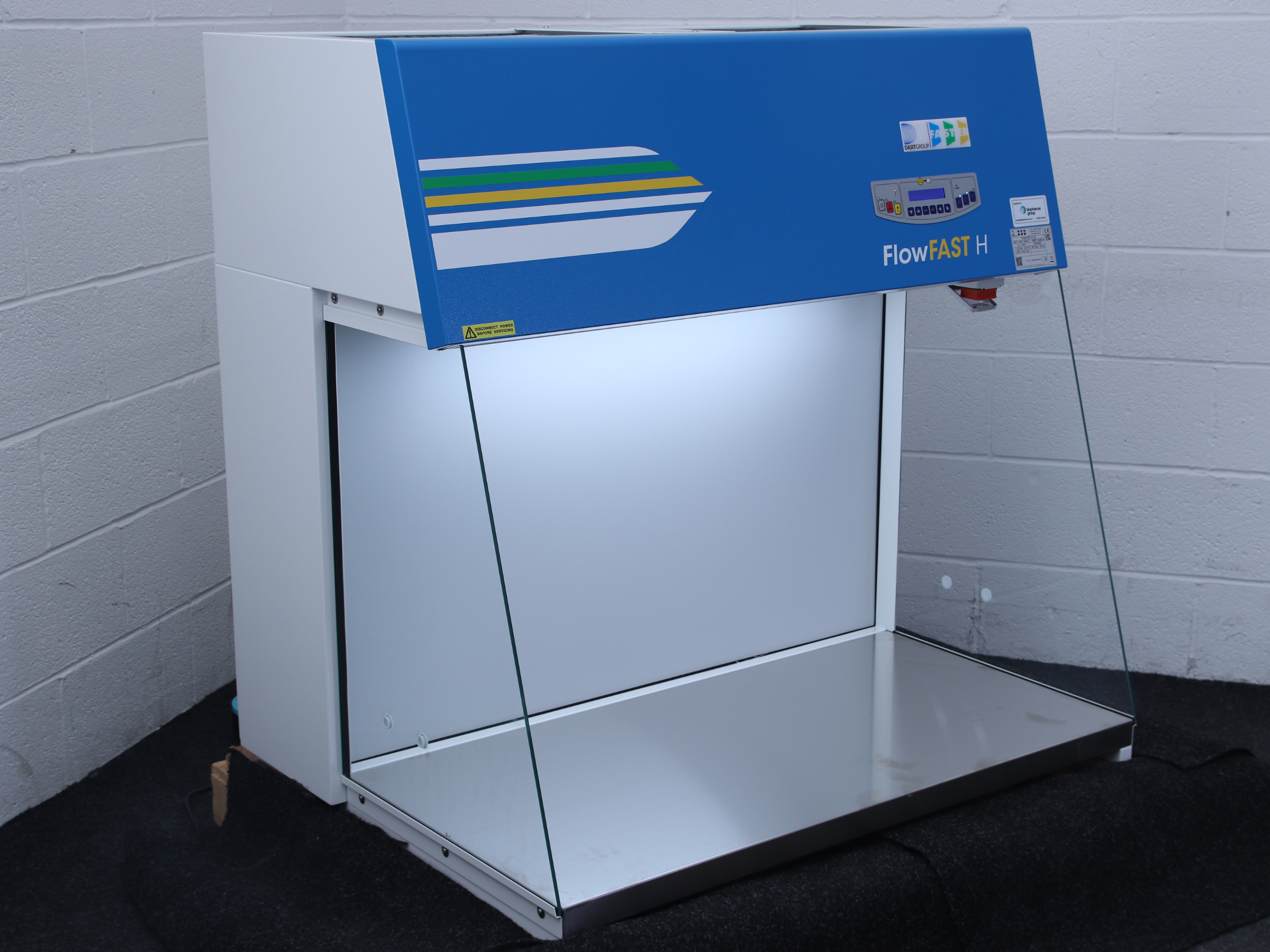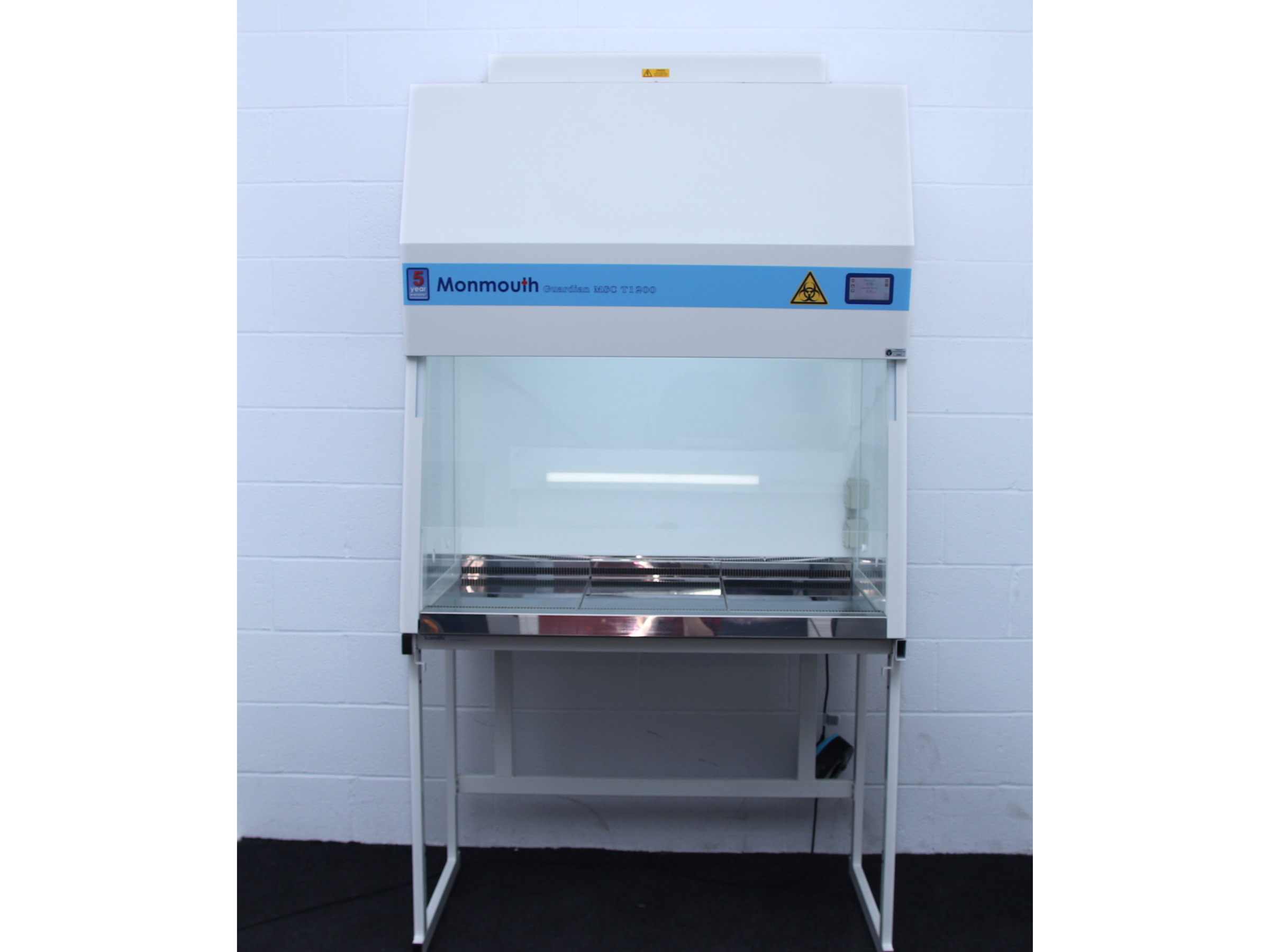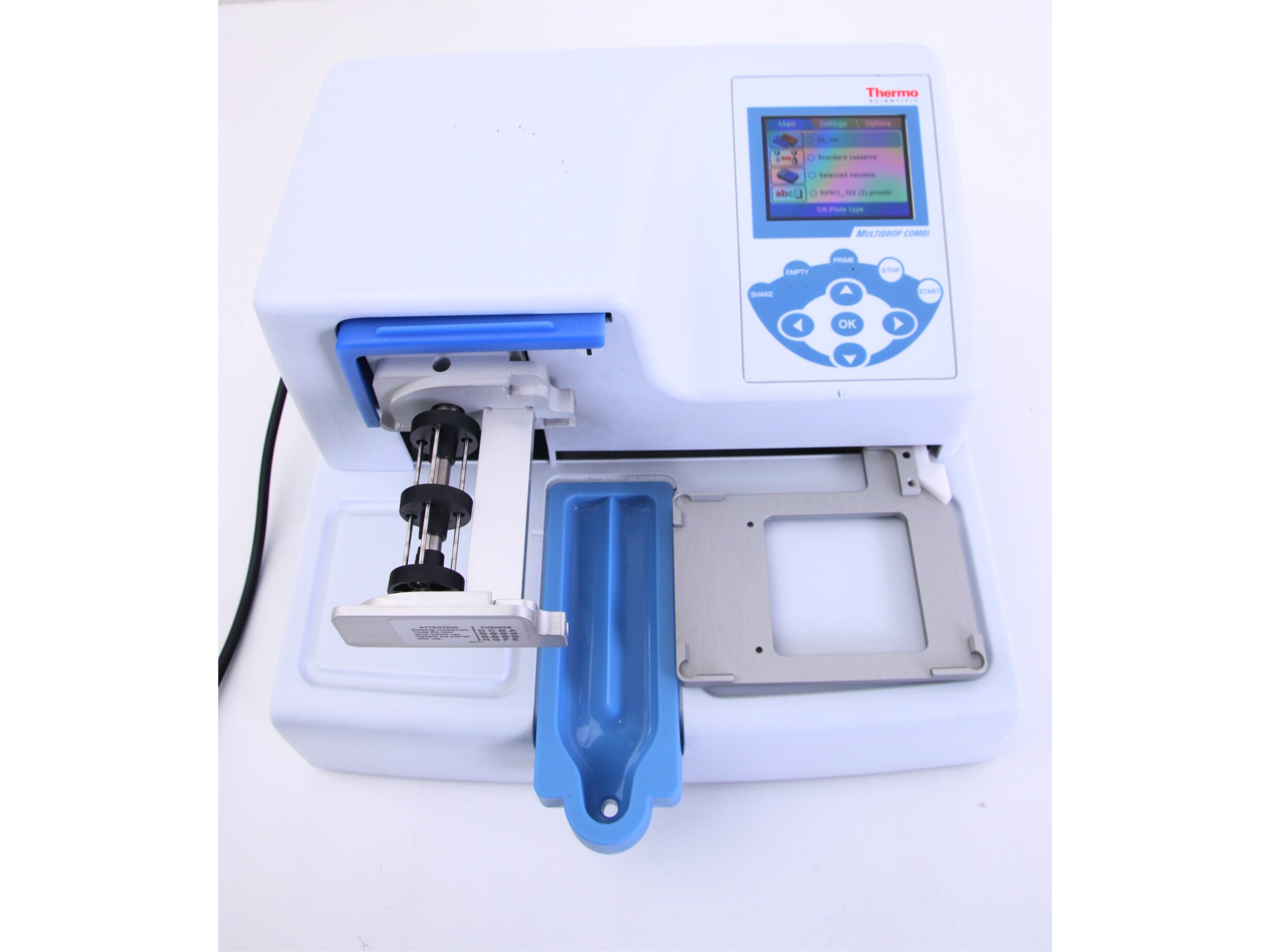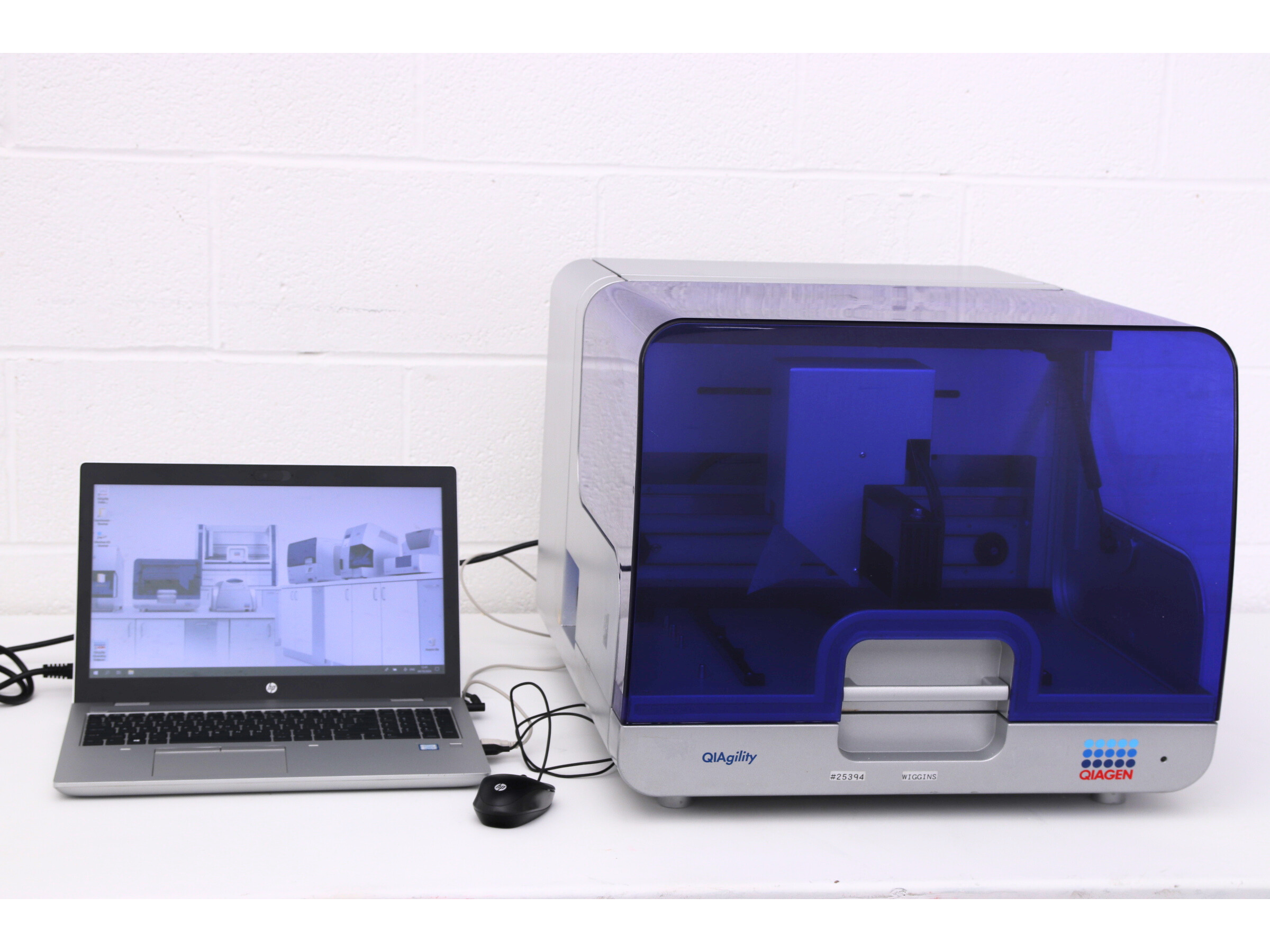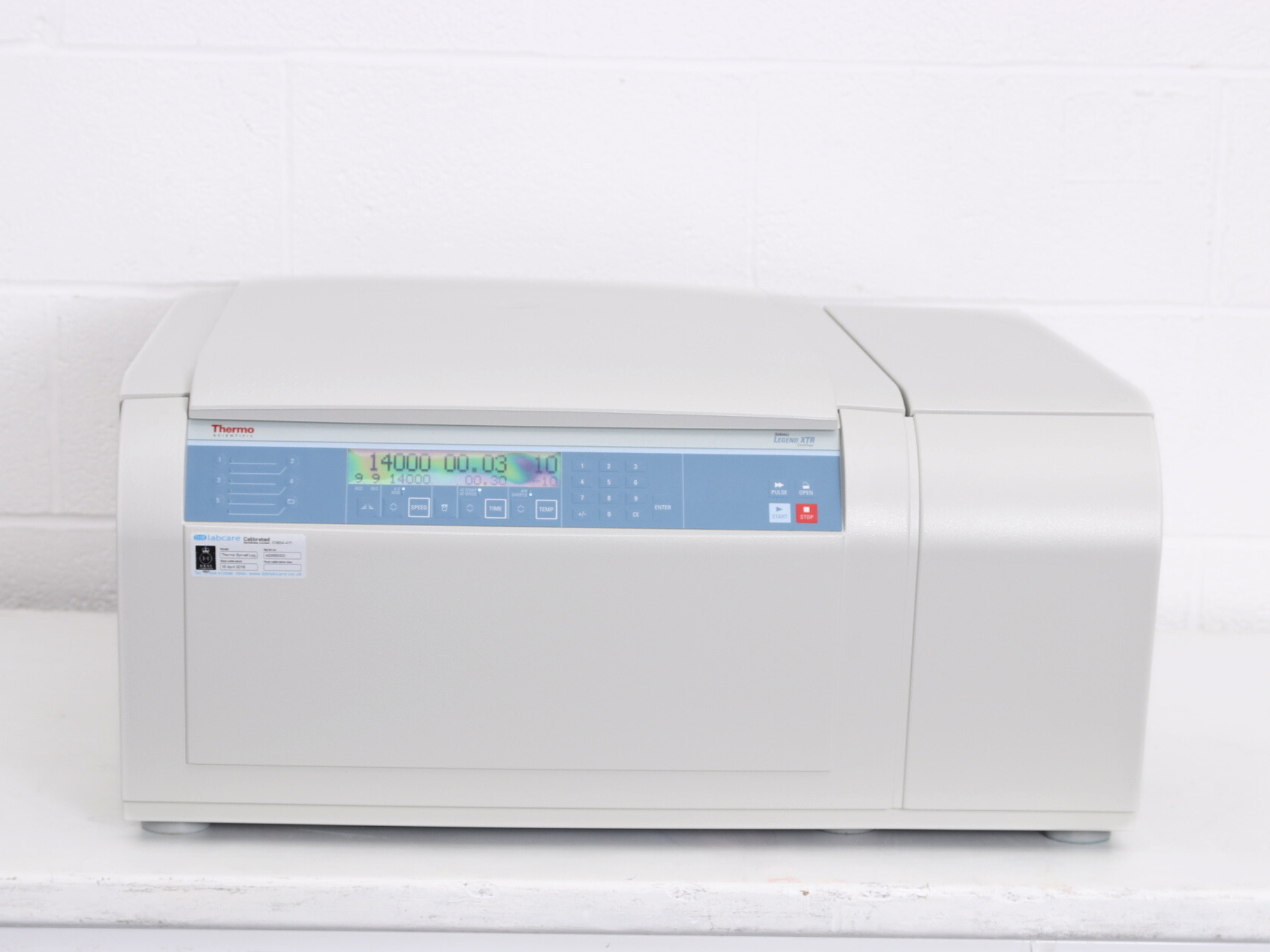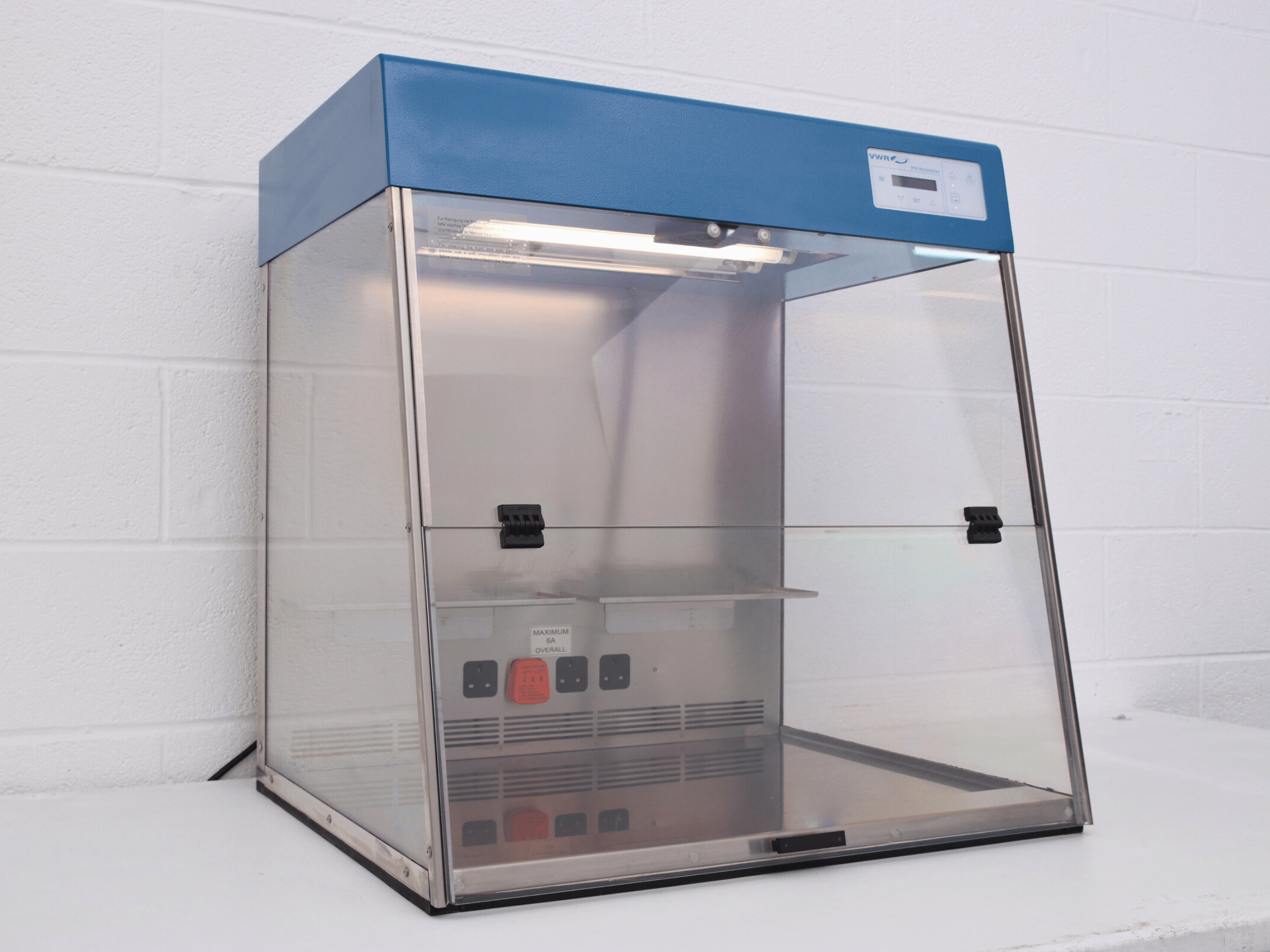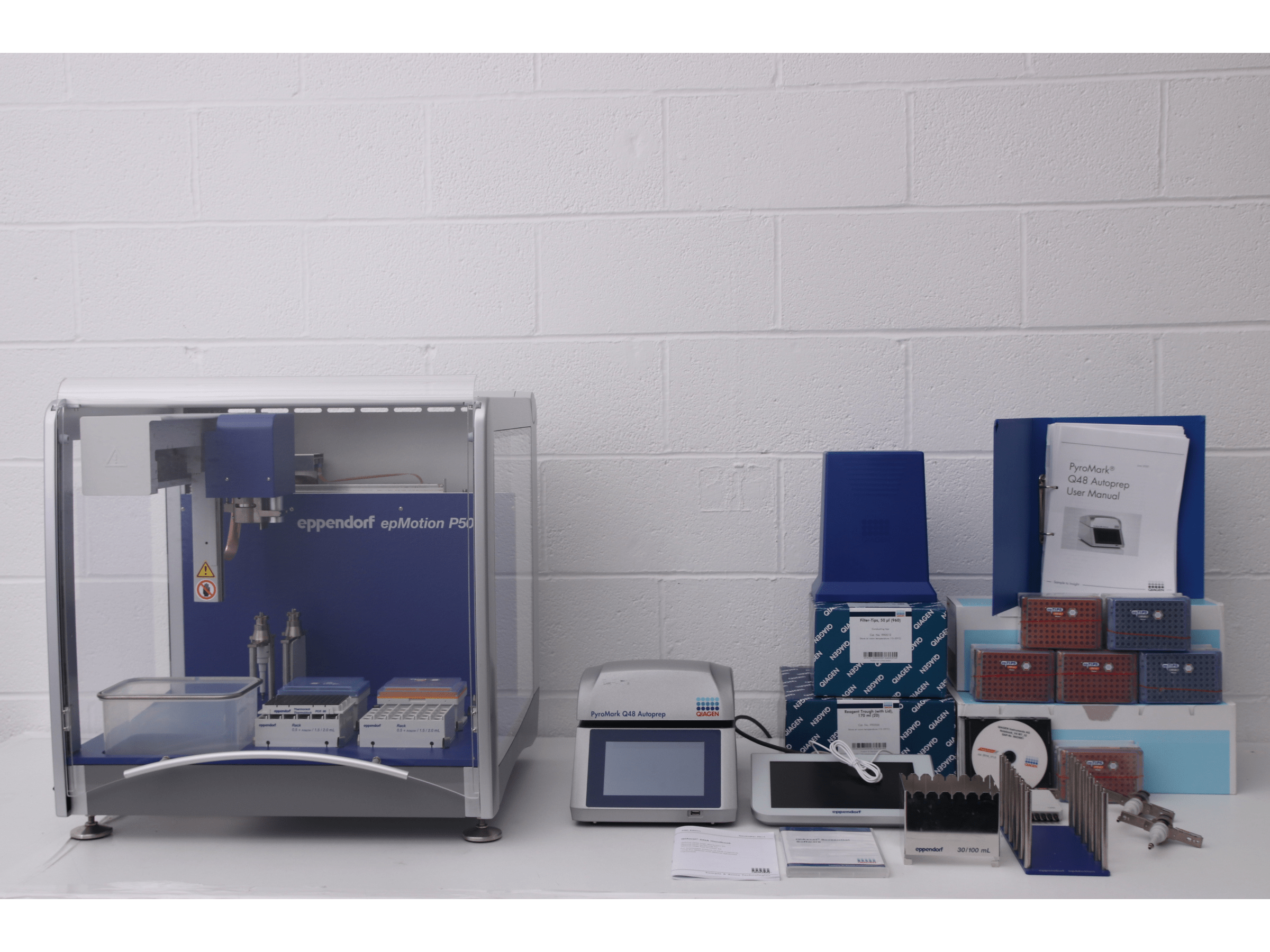Centrifuges are indispensable tools in laboratories, revolutionising the way we separate and analyse various substances. The significance of choosing the right type of centrifuge and rotor cannot be overstated, as it directly influences the accuracy and reliability of experimental outcomes. In this overview, we take a look at the different centrifuge types and rotors, providing invaluable insights for laboratory users.
1.1 Centrifuge Types: Understanding the Range
Laboratories hold a spectrum of centrifuge models, each meticulously designed to cater to specific research and testing requirements. Let’s explore the key types:
Microcentrifuges: Ideal for handling small-volume samples, microcentrifuges operate at high speeds, making them essential in molecular biology and clinical settings. Researchers often turn to these centrifuges when dealing with precious, limited samples.
Benchtop Centrifuges: Versatile and widely used, benchtop centrifuges are suitable for various applications. Their configurations include fixed-angle and swinging bucket rotors, making them adaptable for routine laboratory work.
Refrigerated Centrifuges: Equipped with cooling systems, these centrifuges are crucial when working with temperature-sensitive samples. They ensure the preservation of sample integrity during the separation process.
Ultracentrifuges: Reserved for advanced research, ultracentrifuges achieve ultrahigh speeds, making them indispensable in studies involving subcellular particles and macromolecules. These centrifuges contribute to ground breaking research across multiple scientific disciplines.
Understanding the distinctions between these centrifuge types allows laboratory users to align equipment with the specific needs of their experiments, ultimately enhancing the efficiency and precision of their work.
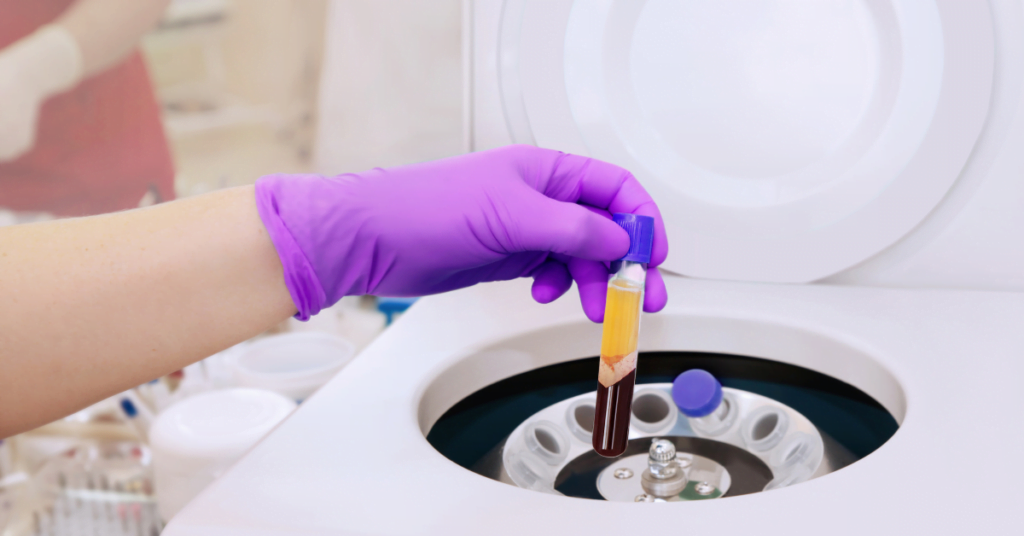
1.2 Selecting the Correct Centrifuge Rotor
Rotors are the heart of a centrifuge, determining the effectiveness of sample separation. The choice of rotor should be carefully considered to ensure optimal separation.
Fixed-Angle Rotors: Ideal for high-speed applications, fixed-angle rotors hold tubes at a fixed angle throughout the centrifugation process. This design is optimal for pelleting particles at the tube’s bottom.
Swinging Bucket Rotors: Designed for flexibility, swinging bucket rotors allow tubes to swing out during centrifugation. This design minimises sedimentation on tube walls, making them suitable for gradient separations.
Choosing the right rotor is paramount. It ensures optimal sample separation, prevents imbalances that could compromise results, and contributes to the accuracy and reliability of experiments. Whether you’re deciding on the best Ohaus centrifuge for your lab, or exploring options our range of second hand centrifuges, this article serves as a foundational guide. Understanding centrifuge types and rotors empowers laboratory users to make informed decisions, aligning equipment with the unique requirements of their research endeavours. Stay tuned for the next parts of our Centrifuge Top Tips series, where we delve into proper use, safety considerations, and essential maintenance practices.
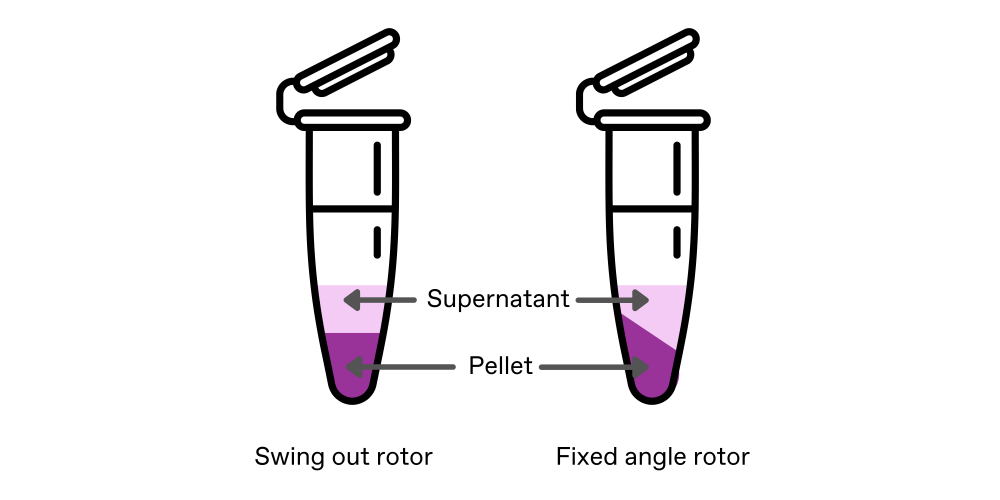
Read more on The Difference Between Fixed Angle and Swing Out Rotors
Browse New and Second Hand Centrifuges:
-
 Dynamica Velocity 17R Pro Refrigerated Centrifuge
Dynamica Velocity 17R Pro Refrigerated Centrifuge -
 Dynamica Velocity 15 Pro Microcentrifuge
Dynamica Velocity 15 Pro Microcentrifuge -
 Dynamica Velocity 15R Pro Refrigerated Microcentrifuge
Dynamica Velocity 15R Pro Refrigerated Microcentrifuge -
 Eppendorf 5920R Refrigerated Centrifuge
Eppendorf 5920R Refrigerated Centrifuge -
 Ohaus FC5830R Refrigerated Centrifuge
Ohaus FC5830R Refrigerated Centrifuge -
 Ohaus FC5720R Frontier 5000 Multi Refrigerated Centrifuge
Ohaus FC5720R Frontier 5000 Multi Refrigerated Centrifuge -
 Ohaus FC5513L + R06 Rotor Frontier 5000 Micro Centrifuge
Ohaus FC5513L + R06 Rotor Frontier 5000 Micro Centrifuge -
 Ohaus FC5513R Frontier 5000 Micro Centrifuge
Ohaus FC5513R Frontier 5000 Micro Centrifuge -
 Thermo Scientific Pico 17 Microcentrifuge
Thermo Scientific Pico 17 Microcentrifuge
